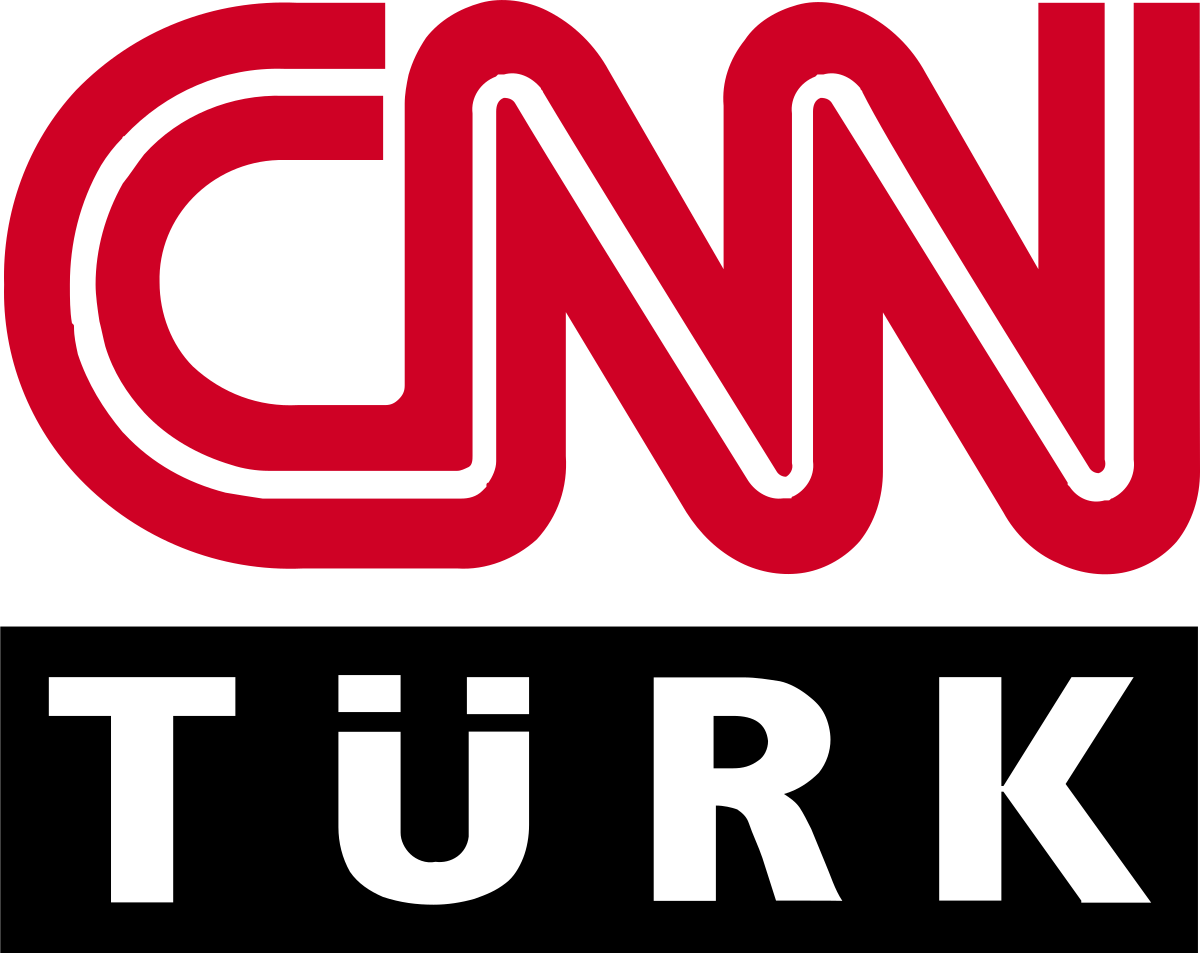Crafting an Impression: The Art of Business Cards

Introdaction;
Business cards might seem like small pieces of paper, but they hold immense potential. In a world that’s rapidly digitizing, these tangible cards manage to make an enduring impact. Whether you’re a seasoned entrepreneur or just starting, a well-designed business card can be your secret weapon for networking success.
The Power of First Impressions
You know what they say – first impressions are everything. When you hand over your business card, you’re not just passing along contact information. You’re giving someone a glimpse into your brand, your style, and your professionalism. A sleek, thoughtfully designed card can set the tone for a lasting business relationship.
The Elements of an Effective Business Card
Creating a business card that resonates involves more than just slapping your name and number on a piece of paper. It’s about carefully considering every element – from the color scheme to the font choice. Your business card is a visual representation of your brand, so make sure it reflects your identity accurately.
Color Palette and Font Selection
Colors speak volumes, often without a single word being said. Choose colors that align with your brand’s identity. Bold and vibrant, or subtle and sophisticated – the choice is yours. And when it comes to fonts, opt for readability. A fancy cursive font might look appealing, but if it’s hard to read, it won’t serve its purpose.
Incorporating Your Logo
Your logo is the face of your brand. Placing it prominently on your business card reinforces your brand’s image. It’s like a seal of authenticity that people will remember long after they’ve put your card away. Remember, simplicity often packs the most punch.
Contact Information Clarity
It might seem obvious, but you’d be surprised how often this gets overlooked. Ensure that your contact information is accurate and up to date. There’s nothing worse than handing out a business card with the wrong phone number or email address. Double-check, triple-check – it’s worth the effort.
The Tangibility of Print
In our digital age, the tactile feel of a physical business card is refreshing. When you exchange cards, you’re creating a real connection, a moment of personal interaction that an email can’t replicate. A well-designed card can leave a lasting impression that resonates beyond the initial meeting.
The Convenience of Digital Cards
On the flip side, digital business cards are gaining traction. With just a tap, you can share your contact information through various apps. They’re eco-friendly and save you from carrying stacks of cards. But remember, the personal touch of physically handing over a card can be irreplaceable.
Creative Shapes and Materials
Why stick to the standard rectangular card? Break the mold with unique shapes that align with your brand. Circular, square, or even custom die-cut – the possibilities are endless. You can also experiment with different materials, like textured paper or sustainable options that showcase your commitment to the environment.
Storytelling Through Design
Every business has a story, and your business card can be a snippet of that narrative. Use visuals that tell a tale – whether it’s your journey, your values, or the problem you’re solving. People remember stories far better than dry information, so let your card speak volumes.
DIY vs. Professional Printing
With advancements in technology, DIY printing is a tempting option. But if you’re aiming for quality, professional printing is the way to go. The colors will pop, the finish will be impeccable, and you won’t have to worry about alignment issues.
Paper Quality and Finishes
The paper you choose matters. It’s not just about thickness, but also the finish. Matte, glossy, or textured – each choice elicits a different response. Consider the tactile experience you want to create when someone holds your card in their hand.
When to Offer Your Card
Timing is everything. Don’t thrust your card into someone’s hand the moment you meet them. Engage in a conversation, establish a connection, and then offer your card. This shows genuine interest and increases the likelihood of follow-up.
Receiving Cards Gracefully
Equally important is how you receive a business card. Accept it with both hands, take a moment to look at it, and acknowledge the giver. This small gesture displays respect and professionalism, making a positive impact.
The Anatomy of an Effective Business Card
A great business card is more than just contact information; it’s a concise representation of who you are and what you bring to the table. It’s like your personal brand distilled into a compact form. To achieve this, consider these essential elements:
1. Captivating Design
Your business card’s design should align with your brand’s aesthetics and values. Think about colors, fonts, and imagery that resonate with your industry and target audience. A sleek and modern design might be perfect for a tech startup, while a more traditional design could suit a law firm.
2. Concise Information
Less is more when it comes to the text on your card. Include your name, job title, company name, and essential contact details. Including social media handles or a QR code for easy digital connections can be a smart move.
3. Memorable Logo
Your logo is the face of your brand. Placing it prominently on your business card ensures instant recognition. A well-designed logo speaks volumes about your professionalism and attention to detail.
4. Quality Materials
The tactile experience matters. Choose high-quality cardstock that feels substantial in hand. A textured finish or a touch of foil can add a luxurious touch that sets your card apart.
5. White Space and Balance
Avoid clutter at all costs. Leave ample white space to allow your card’s elements to breathe. A well-balanced layout ensures that nothing competes for attention. The truth is, they remain a powerful tool for several reasons.

Tangible Connections in a Digital World
In an era where virtual interactions are the norm, a physical business card becomes a tangible connection. It’s a token of your willingness to engage beyond the digital realm. Handing over a card establishes a personal touch that can’t be replicated in a digital exchange.
Memorable First Impressions
First impressions are often instantaneous, and your business card plays a vital role in shaping that impression. A well-designed card reflects professionalism, attention to detail, and a commitment to quality – qualities that can set you apart in a competitive business landscape.
Networking Made Effortless
Picture this: You’re at a conference with hundreds of attendees. Remembering names and faces can be challenging. A business card serves as a visual aid, helping your new contacts recall your conversation and re-establish a connection long after the event ends.
Design Trends: From Classic to Cutting-Edge
Design trends in business cards have evolved over the years, offering a spectrum of choices to suit diverse preferences. Whether you lean towards classic elegance or embrace the avant-garde, there’s a design trend for you.
Minimalist Elegance
The “less is more” philosophy takes center stage in minimalist business card design. Clean lines, ample white space, and a focus on essential information create a sophisticated and uncluttered look. This approach resonates well with professionals in fields such as finance and consulting.
Bold Typography and Colors
For those who dare to stand out, bold typography and vibrant colors make a statement. Eye-catching fonts and daring color combinations inject personality into your card, reflecting confidence and creativity. This trend suits creative industries like design and marketing.
Sustainable and Eco-Friendly
With environmental consciousness on the rise, eco-friendly business cards have gained traction. Recycled paper, soy-based inks, and minimalist designs align with sustainable values.
Printing Techniques: Elevating Your Card to Art
Printing techniques can transform a standard business card into a work of art. These techniques add texture, dimension, and visual interest, elevating your card’s impact.
Embossing and Debossing
Embossing and debossing create a tactile experience that’s hard to forget. Raised or recessed elements add depth to your design, engaging both the sense of sight and touch. These techniques work wonders for logos, patterns, or even a simple border.
Foil Stamping
Foil stamping adds a touch of luxury and sophistication. Metallic or holographic foils catch the light and draw attention to specific elements of your design. Whether it’s your company name or a standout detail, foil stamping commands attention.
Spot UV Coating
Spot UV coating involves applying a glossy finish to specific areas of your card. This technique creates a contrast between matte and glossy textures, highlighting key elements. It’s an excellent way to make your logo or a particular design element pop.
The Digital Frontier:
In an age where digital integration is key, business cards have embraced technology through QR codes and augmented reality (AR).
QR Codes for Instant Connection
QR codes bridge the gap between the physical and digital worlds. By scanning the code, recipients can instantly access your website, portfolio, or social media profiles. It’s a direct way to provide more information without overcrowding your card.
Augmented Reality: A New Dimension
Imagine handing out a business card that comes to life through augmented reality. AR apps can turn a static card into an interactive experience. Recipients can watch videos, explore 3D models, or access additional content by scanning your card with their smartphone.
The Power of Personalization and Follow-Up
A well-designed business card can make a powerful first impression, but the real magic happens when you follow up effectively.
Personalization for Lasting Impact
Personalizing your interactions goes a long way. Jot down a note on the back of the card after a conversation – a detail from your chat, a shared interest, or a future plan. This personal touch shows that you genuinely value the connection.
Prompt Follow-Up
Don’t let those collected business cards gather dust. A prompt follow-up email or LinkedIn connection request helps solidify the connection while the memory of your interaction is fresh. Share a brief reminder of your conversation to rekindle the connection.
Conclusion: Your Card, Your Story
In a world of virtual communication, the business card remains a tangible link to the art of personal connection. It’s a canvas for creativity, a vessel for information, and a tool for leaving a memorable impression. So, the next time someone asks, “Do you have a business card?” – hand them not just a piece of paper, but a piece of your professional identity. Remember, in this interconnected world, a single card can open a world of opportunities.
Embrace the Power of Your Card
Your business card is more than contact information – it’s a piece of your story. From design trends to printing techniques, make it uniquely yours. And as you navigate the maze of networking, remember that the true power of a business card lies not in its paper, but in the connections it forges.
conclusion: Your Card, Your Story
In a world inundated with digital exchanges, the power of a well-designed business card remains undeniable. It’s a tangible representation of your brand, a gateway to meaningful connections, and a memory that lingers long after the initial encounter. So, invest time in crafting a card that tells your unique story – a story that begins with a single, memorable exchange.







